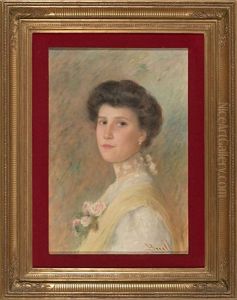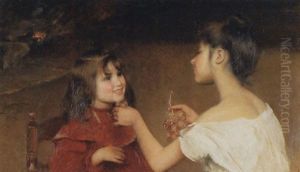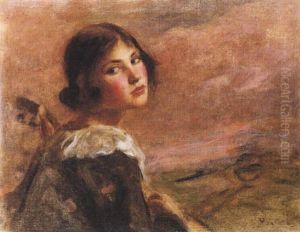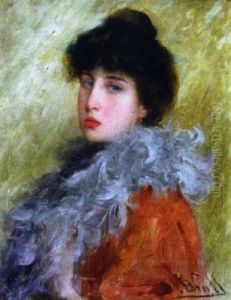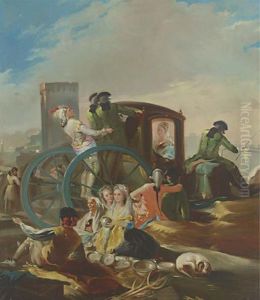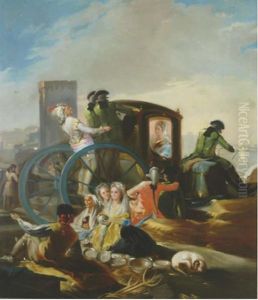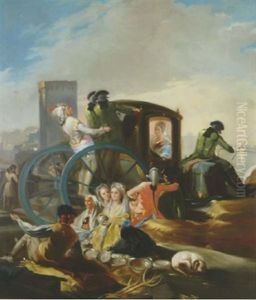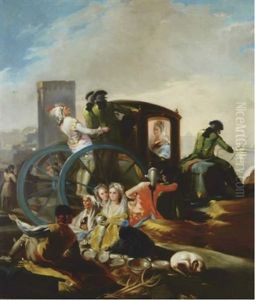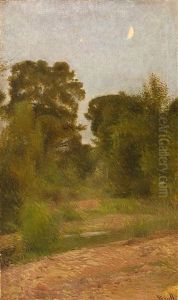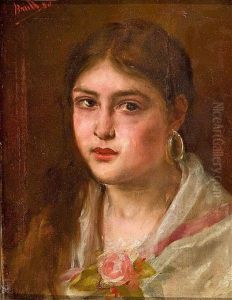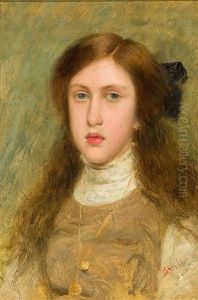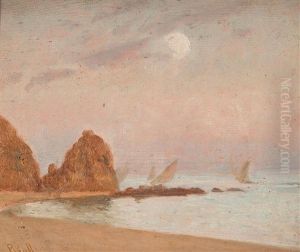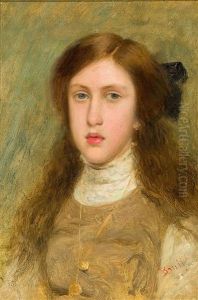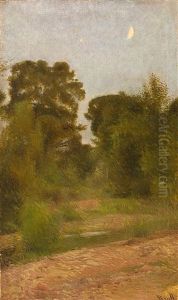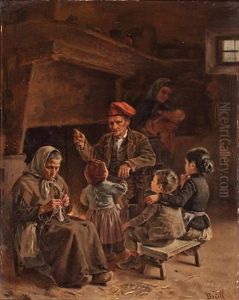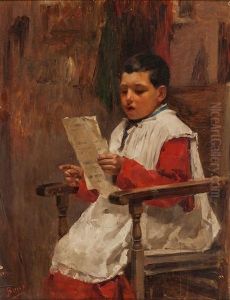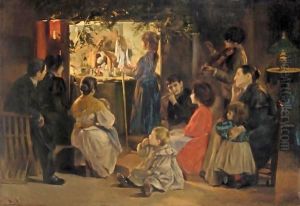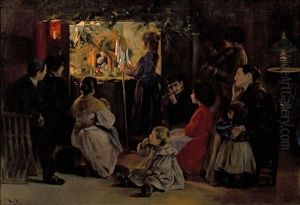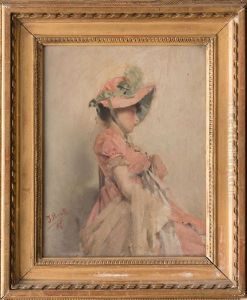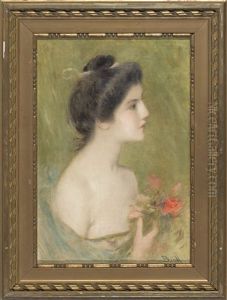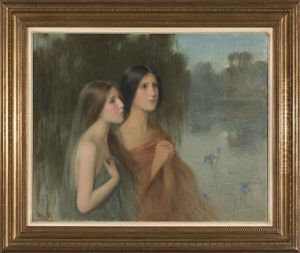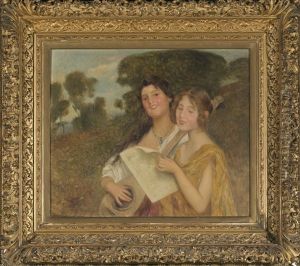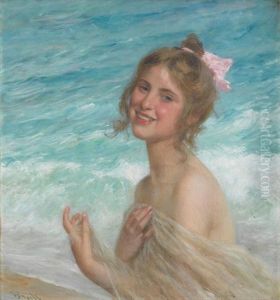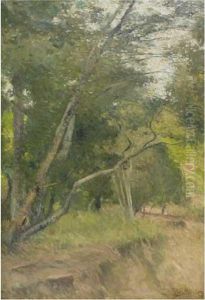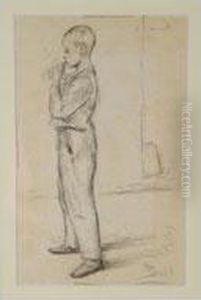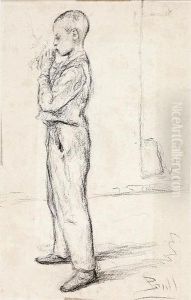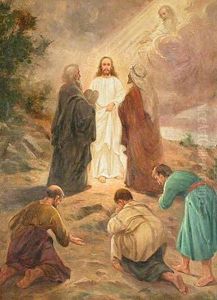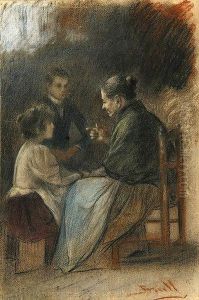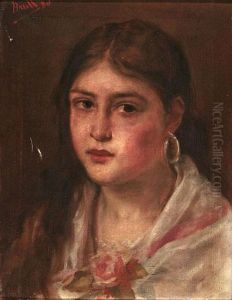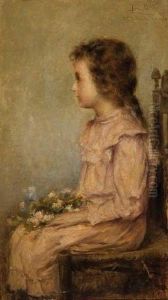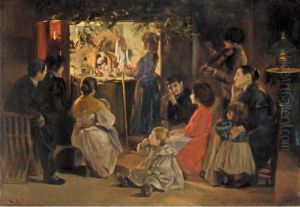Juan Brull Vinyoles Paintings
Juan Brull Vinyoles was a notable Spanish painter, born in 1863 in Barcelona, Catalonia. He emerged as a significant figure in the Catalan art scene during the late 19th and early 20th centuries. Brull's artistic journey began at the Llotja School in Barcelona, where he was a pupil of the renowned Modest Urgell and Antoni Caba. His early work was influenced by the academic training he received, but he gradually shifted towards Symbolism, reflecting a broader European trend among artists to explore themes beyond the visible world, focusing on mysticism, mythology, and inner emotions.
Brull's involvement with the modernisme movement in Catalonia, which was the regional manifestation of Art Nouveau, further shaped his artistic evolution. Although less known internationally than some of his contemporaries like Antoni Gaudí, whose work in architecture defined the movement, Brull made significant contributions to Catalan painting. His works are characterized by their intricate detail, use of symbolic elements, and often, a haunting, dreamlike quality that invites viewers to look beyond the surface.
Throughout his career, Juan Brull Vinyoles participated in numerous exhibitions, both locally in Barcelona and internationally, helping to spread the recognition of Catalan modernisme beyond Spain. Some of his most notable works include 'Dream' (El sueño), which exemplifies his symbolic approach and technical skill. Despite his death in 1912 at the relatively young age of 49, Brull's legacy in the context of Catalan art remains significant. His work continues to be studied and appreciated for its unique contribution to the Symbolist movement and the broader narrative of European art at the turn of the century.
